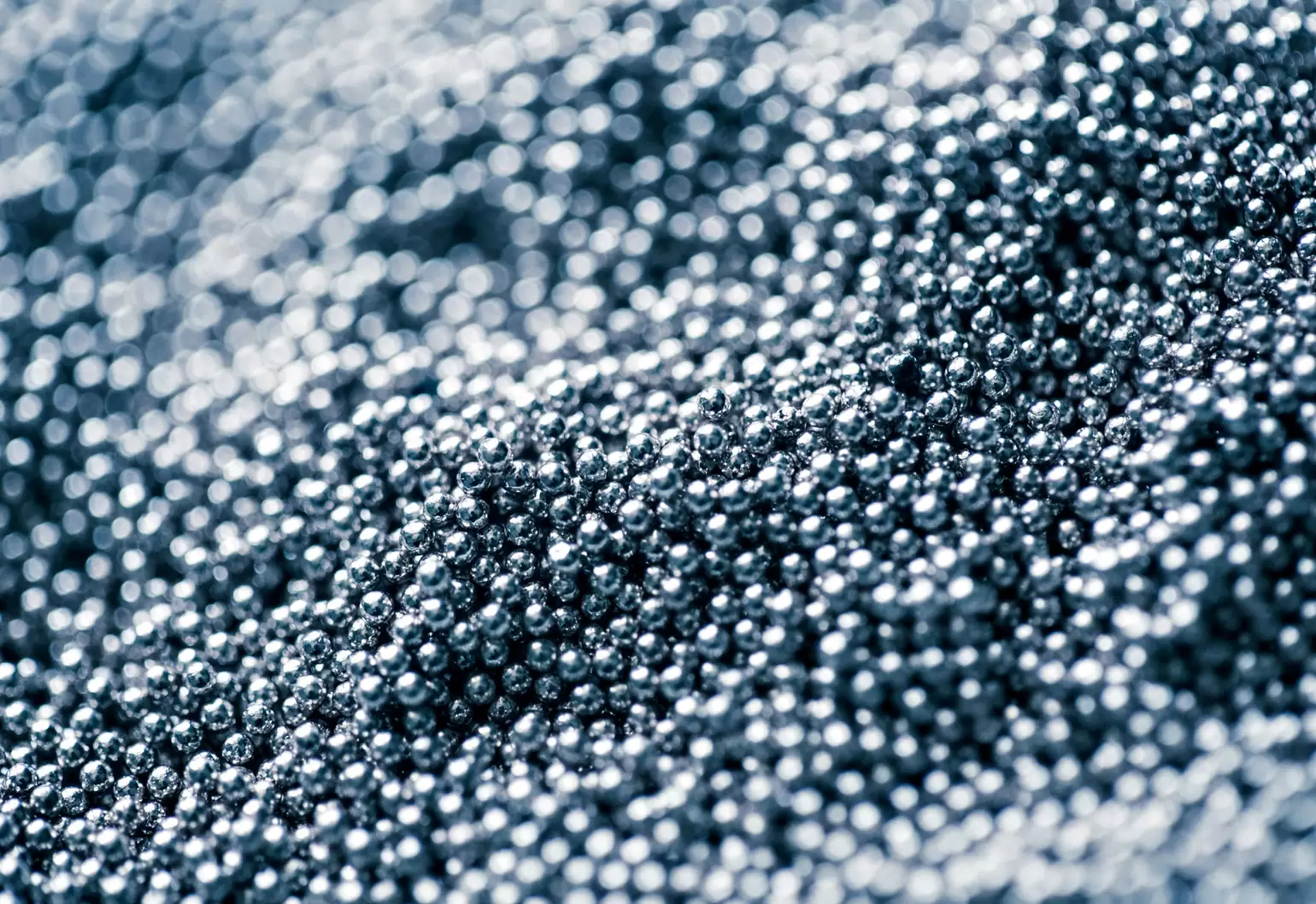A team of civil and materials engineers has developed nano-sized calcium silicate spheres they say could lead to stronger and greener concrete.
The engineers behind the material are Assistant Professor Rouzbeh Shahsavari and graduate student Sung Hoon Hwang from Rice University in the US. They developed the spheres as a low cost and less energy intensive alternative to cement, the most common binder in concrete.
Ranging in size from 100 to 500 nanometers in diameter, the spheres were formed in a solution around nanoscale seeds of a common detergent-like surfactant. The spheres can be prompted to self-assemble into solids that are stronger, harder, more elastic and more durable than traditional cement.
“Sphere shapes are important because they are far easier to synthesise, self-assemble and scale up from chemistry and large-scale manufacturing standpoints” said Shahsavari, who holds joint appointments between the Department of Civil and Environmental Engineering and the Department of Materials Science and NanoEngineering at Rice University.
Spheres of influence
These developments come off the back of a 2017 project in which Shahsavari and Hwang worked with microscopic calcium silicate spheres to create a porous, self-healing material.
Although the new material isn’t porous, learnings from that project helped inform this recent development, outlined in their paper published in the American Chemical Society journal Langmuir. The pair also took inspiration from how nature coordinates interfaces between dissimilar materials, particularly in nacre (aka mother of pearl – the material of seashells), to overcome the amorphous and disorganised structure of cement.
Nacre’s strength is a result of alternating stiff inorganic and soft organic platelets. Because the spheres imitate that structure, they are considered biomimetic.
“Previously, there were attempts to make platelet or fibre building blocks for composites, but this work uses spheres to create strong, tough and adaptable biomimetic materials,” Shahsavari said.
Material matters
The size and shape of particles can have a significant influence on the mechanical properties and durability of bulk materials like concrete. Developers paid special attention to the material’s structural limitations to accurately predict when and how it might fracture.
“With this material, we know what our limits are and we can channel polymers or other materials in between the spheres to control the structure from bottom to top and predict more accurately how it could fracture,” Shahsavari said.
“It is very beneficial to have something you can control as opposed to a material that is random by nature.
“One can mix spheres with different diameters to fill the gaps between the self-assembled structures, leading to higher packing densities.”
They tested two common surfactants and found DTAB-based pellets compacted better and were tougher, with a higher elastic modulus and electrical resistance than CTAB pellets or common cement.
The spheres are able to be tuned for a variety of applications by manipulating factors such as surfactants, solutions, concentrations and temperatures during manufacture.
Sustainability is another potential improvement, according to the developers, as the resulting material is more resistant to damage from water and other contaminants due to the shape of the particles. This means it should require less maintenance and less frequent replacement.
The spheres have also been deemed suitable for uses as diverse as bone tissue engineering, insulation, ceramic and composite applications, as well as cement.


